
Introduction
With a substantial career already behind him, the late 90s found famed blues guitarist Gary Moore exploring his options. Having left Virgin Records, Gary signed to Castle Records for A Different Beat, his twelfth solo album, and one of his most eclectic. An independent British label, Castle was acquired by Sanctuary Records in 2000, and Gary Moore along with it. He would stay with the label for three more albums – Back to The Blues, The Power of The Blues, as well as Scars (credited to Gary Moore, Cass Lewis and Darrin Mooney), all of which are featured in this special box set, which captures Gary as he concluded an experimental phase in his career and made his return to the blues that had made him famous. While, with some archival box sets, quality may vary, this was a particularly fertile period in Gary’s career and, as a result, all four albums are essential additions to any blues fan’s collection.
The Package
Housed in a neat, VHS-sized box, The Sanctuary Years is a well-presented set that excels in its presentation of the albums themselves. Eschewing the cheap, slip-on card sleeves beloved of these sorts of archival sets, BMG have opted for thick card digipacks, similar to those used in the Neil Young Archives series. Better still, each album comes with a full booklet containing the original liner notes, as well as an informative mini-essay from Dave Everly. Such an approach is most welcome and, whether you choose to keep everything together in the box, or put the individual albums on the shelf, it is clear a lot of care has gone into their production.
Also in the box is a small assortment of ephemera, which is of questionable value. The assorted extras sit at the top of the box and include a sheet of stickers, a postcard, a replica ticket stub from a 2002 tour and a small, fold-out poster (somewhere between A4 and A3). Honestly, such trinkets feel more like the type of thing a marketer would conceive to add value, rather than something a genuine fan would pursue, but given the price point of the set (around £70 at point of writing), they’re a harmless addition that some will enjoy.

Audio Content
The Sanctuary Years gathers four albums from between 1999 and 2004, covering a diverse period in Gary’s storied career. Starting with 1999’s underrated and experimental A Different Beat, and ending with 2004’s more traditionally-minded outing, Power of the Blues (inexplicably, leaving out the 2003 live album Live at Monsters of Rock, also released via Sanctuary), two of the four albums on offer feature bonus tracks, and there is also a bonus blu ray featuring a 5.1 mix of Back To The Blues, as well as a pair of short, audio-only interviews covering A Different Beat and Back to the Blues.
It’s a solid set and, with the albums well-packaged and featuring new liner notes, it’s definitely appealing, especially for those with gaps in their collection.
Disc 1 – A Different Beat (1999)
The late 90s was, for many artists, a time of flux, with electronic forms making ripples that would have a profound effect on the rock music of the period. Even established artists found themselves dabbling in new forms, with varying degrees of success. David Bowie, ever the chameleon, had taken in industrial, drum ‘n’ bass and jungle on Earthling (although, by 1999, he had come full circle with Hours), Eric Clapton had incorporated synth elements into Pilgrim, and even Metal God Rob Halford had collaborated with Trent Reznor for Two. Thus, Gary Moore’s controversial A Different Beat had precedent, even if it was a more extreme example of genre-hopping from an artist with a passionate fanbase.
Remarkably, despite some twenty-three years having elapsed since its release, A Different Beat still sounds amazing. This was never simply some bandwagon-jumping effort and Gary was always an open-minded artist. In making a “drum ‘n’ blues” record, he sought out a capable band that included Roger King (Keyboardist for Steve Hackett), Gary Husband (drums) and Phil Nicholls. With the EZ Rollers on board, A Different Beat’sproduction has barely dated and, while the phrase “ahead of its time” may be overused, it is apt here.
The album kicks into gear with Go on Home, Gary’s heavily wah-inflected guitar giving way to a skittering dance beat worthy of latter-day Depeche Mode. While some of the synth elements do place the track firmly in the 90s, it’s a blistering opening, featuring some fiery guitar and a sneering vocal that owes as much to Bobby Gillespie as it does Buddy Guy. Lost in Your Love has a soulful, Dan Reed Network feel and a sparkling solo, melding the various elements together beautifully, while the playing is exceptional throughout. Then, there’s the shimmering Worry No More, which slips between airy verse and hulking great rock chorus, recalling elements of Clapton’s soundtrack work for the Lethal Weapon series. The first side closes with a souped-up cover of Hendrix’s Fire – an apt title for a track that perfectly lives up to the “drum ‘n’ blues” billing.
Gary takes his foot off the pedal a touch for the reflective Surrender, a track that cleaves closer to the Midnight Blues for which Gary is famed. A solid track, it settles under the skin as it expands towards its epic conclusion, but it lacks something compared to the more energetic numbers found elsewhere. There’s plenty of energy on House Full of Blues, however, a gritty number complete with scuffed vocal, electrifying guitar work and punchy beat, while Bring My Baby Back, opens as a straight, acoustic-blues piece, before a taut beat emerges to drag things kicking and screaming into the 20th Century. It’s followed by the toughened drum ‘n’ bass of Can’t Help Myself, which sees Gary crooning over a skittering backdrop. A dramatic piece that just keeps getting heavier, it’s one of the album’s strongest moments. In contrast, Fatboy takes things a step too far, with the guitar so repetitively looped it may as well be a sample. Fortunately, We Want Love provides the album with a strong conclusion, Gary side-stepping into trip hop and proving remarkably adept in the process.
Blues purists will scoff, but A Different Beat is the work of a restless artist unwilling to repeat himself. Given the creative and commercial risks involved, it’s clear that this was the result of a genuine fascination with different musical forms and, while not every track is successful, the results are frequently convincing. Ultimately, A Different Beat is the sound of an artist following is muse, devil may care, and for that (alongside the passion Gary so clearly invested in the project) it is more than worth a listen. 8/10
Disc 2 – Back to The Blues (2001)
Sometimes all you need to come back to yourself is a change….
They say a change is as good as a rest and A Different Beat was certainly a change. As a result, Back to The Blues sees an energised Gary Moore taking to a set of blues rock belters with a panache that is frequently breath taking. From the hard rocking Cold Black Night which sounds like a fired-up Rory Gallagher, to the slow-paced Stormy Monday, Back to The Blues, as the title implies, sees Gary taking things back to basics and it works a treat.
The first half of the album gets off to a brilliant start, the crackly Enough Of The Blues seeing Gary cackle “I thought I’d had enough of the blues, but the blues hadn’t had enough of me”, which pretty much sums up the whole relationship in a nutshell. It’s followed by the horn-soaked glory of You Upset Me Baby, a cover which sounds like it was a blast to record, and which features some absolutely scintillating lead from Gary, who blazes away with real authority. A swinging number that feels custom made for swirling around the tiled dancefloor of an American diner, it gives way to the taut, dynamic riff of Cold Black Night, a slinky piece that creeps up on the listener, building momentum before Gary does an abrupt vote face and delivers the stunning Stormy Monday, another cover and a smouldering blues possessed of some amazing lead fills. With the halfway point approaching, Gary gives us another cover made in his own image, with the stabbing drama of Ain’t Got You, a belter that shows the passion and power Gary could muster regardless of whether he was playing his own tracks, or tackling someone else’s.
Opening the second half, the slow-paced Pictures of the Moon is a gently keening number, with lead that seems to cry out its loss. It’s a lovely piece with a Clapton vibe, not least in the vocal delivery, but it’s soon swept away by the sheer joie de vivre of Looking Back, a brilliantly lively track that gets the toes tapping relentlessly. The pace slows once more for The Prophet, a gorgeous instrumental that firmly reasserts Gary’s credentials as one of the best blues guitarists the world produced. It’s one of those tracks in which the listener easily gets lost, only really snapping back to the world when follow-up How Many Lies explodes into action, Gary raging on his guitar and delivering the vocals with crisp precision. The album ends with Drowning in Tears, an expansive, poignant coda to an album that frequently sees the band (and Gary in particular) at full throttle.
This disc also features three bonus tracks, a rather unnecessary single edit of Pictures of the Moon, which shaves roughly half of the runtime from the album version; and two live cuts tracked at VH1, both of which capture Gary on fiery form. The first, Cold Black Night sees the track delivered with real flair, his vocals snapping as the band pick up the pace behind him. The second track, Stormy Monday, is rendered here as a late-night blues, with whiskey slowly dripping onto the floor and the last of too many cigarettes burning out in an overflowing ashtray. It’s a tasty bonus that adds real value to the disc.
9.5/10
Disc 3 – Scars (W/ Cass Lewis & Darrin Mooney) 2002
Following on from Back to the Blues, which had seen Gary Moore return to his roots, Scars took the power trio format and ran with it. For the project, Gary retained Primal Scream drummer Darrin Mooney, and recruited former Skunk Anansie bassist Cass Lewis for a project which had the likes of Hendrix and Cream in its sights, albeit with hard-edged, modern production values. The result is a remarkable record that mixes ferocious hard blues with some looser-limbed jammed out pieces, three of which extend easily past the six-minute mark.
The trio go in hard on the Hendrix-infused When the Sun Goes Down, which sees Gary giving his Wah pedal some serious stick. With the beat nailed by Darrin and Cass’ subtly funky bass lines roaming around the track, it’s a hell of an opening, that sees Gary edging into Glenn Hughes territory on a chorus possessed of an electrifying power. The band keep things tight with the stabbing riff of Rectify, a heavy blues jam with an alternative undercurrent that really cooks. Arguably the blueprint Black Country Communion would follow a decade later, Rectify sees Gary and his band absolutely on fire. Next up, and as if to prove that A Different Beat was no aberration, Wasn’t Born in Chicago takes a lithe drum ‘n’ bass rhythm and crunchy synth bass, although the chorus is pure hard rock action. Bridging the gap between these opening numbers is the darkStand Up, which sees the power trio format neatly augmented by some heavy-duty synths, and it might just feature some of the heaviest riffing Gary ever indulged. As if to avoid going too far overboard, Gary then pulls things back with the gorgeous, seven-minute Just Can’t Let You Go. A sensitive piece, it strips away the banks of electronica and lets the album breathe after so full-on a first half.
The second half kicks off with the short, sharp My Baby (She’s So Good To Me), an irresistible old school boogie that harks directly back to Cream. It’s followed by World Of Confusion, a bone dry, heavy blues with a ferocious riff and a Led Zeppelin pulse. The album’s highlight is surely the epic-length Ball and Chain, a loose jam that recalls the psychedelic excursions of Cream and Hendrix, but with production values that bring it more in line with Mad Season. One of those songs that just keeps you hooked, it features stunning musicianship, and it more than earns its extended run time. With the album hastening to an end, World Keep Turnin’ Roundis one last slab of breathless heavy blues, very much in a Hendrix vein, before the band wrap it up with one last epic in the form of the Clapton-flavoured Who Knows (What Tomorrow May Bring). As with Ball and Chain, this slow-paced and rather lovely track pulls off the impressive trick of making a nearly ten-minute runtime seem far too short, and it ends this brilliant collaboration on a high. 9/10
Disc 4 – Power of the Blues (2004)
The final CD in the set is an absolute blinder. Following on from the rock-focused Scars, Gary kept Darrin Mooney, reunited with bassist Bob Daisley, and found space for Jim Watson on keys, refocusing on the blues and creating a masterpiece in the process. It’s hard to believe that this is his fourteenth album, such is the muscular power he brings to bear, and there’s little argument that Power of the Blues sees Gary operating at full throttle for the ten tracks on offer here.
Setting the pace, the whip-crack riff of the title track is a love letter to the blues that combines influences from Rory Gallagher to Buddy Guy and packages them up in a super-lean production that sets the senses whirling. Next up, There’s a Hole offers some truly gorgeous lead work from the very first moment, and there’s real emotion packed into Gary’s performance. Bob Daisely shines on Tell Me Women, his prowling basslines keeping things slinky, even as Gary lets loose with his stinging leads over the top. Next up, the evergreen I Can’t Quit You Baby (a Willie Dixon song already covered by Led Zeppelin) is delivered with genuine soul, Gary and his band digging deep into the groove, while the autobiographical That’s Why I Play The Blues is an absolute highlight that provides one of the most succinct accounts of the blues on record, combined with a melody to die for.
Having brought the lights down low, Gary comes out fighting on the stabbing Evil, another Willie Dixon cover. Delivered with explosive force, it’s a hell of a wake-up call at the heart of the album, and it paves the way for the similarly electrifying Getaway Blues, a track built around Daisley’s thunderous bass lines. The ghost of Hendrix floats over a cover of Percy Mayfield’s Memory Pain, delivered here with subtle Wah elements and soulful vocals. Then there’s the scene-stealing jam of Can’t Find My Baby, an original track that, thanks to Gary’s rare skill, sounds like some long-lost cut from the 50’s. The album ends with the slow burning Torn Inside, which has a dusty Western vibe reminiscent of David Lynch. It’s the perfect closer for the album, and it leaves the listener very much wanting more. 9/10
Disc 5 – Back to the Blues 5.1 mix & Interviews (blu ray)
The final disc features a surround sound mix of Back to The Blues. There’s no information, sadly, as to the disc’s provenance, but it appears to be a port of the 2003 Silverline reissue, and therefore the work of Rich Fowler, who worked on various Silverline reissues during that period (including Bruce Dickinson’s Balls to Picasso and Motorhead’s Best Of…). As with other Silverline efforts, the results are somewhat mixed, with the majority of the surround sound embellishments being ambient, adding touches of reverb into the rears and leaving the front and centre speakers to take up the slack.
The mix does surprise on occasions. The opening to the album, Enough of The Blues is lost in a wash of effects at the outset, only to snap sharply into focus and deafen the unwary, which is the sonic equivalent of a horror movie jump scare; while Stormy Monday works better, as the keys seep into the rears, opening the track up nicely. At the same time, the process used to create the mix renders the album with a slightly brittle, treble heavy sound. It’s not a deal breaker by any means, but it should be seen very much as a bonus disc rather than a go-to version in the manner of, say, the recent reissue of Pink Floyd’s Animals. That said, with so few blues albums ever given the surround sound treatment, it is nice to have this version to hand, and it is a thoughtful addition to the set.
Also on the disc are a pair of short interviews. The first, detailing A Different Beat, is an eighteen-minute audio clip that is surprisingly low quality in terms of sound sand which sees the questions rather clumsily edited out, which is an odd decision. Still, it’s nice to hear Gary waxing lyrical about the various influences that fed into an interesting album.
The second interview, covering Back To The Blues, follows the same format and lasts a little longer, at twenty-five minutes in length. As with the previous interview, Gary is willing to speak at length about the record, but the editing means that much of the ebb and flow of a genuine conversation is lost, and it’s questionable as to how many times even hardy fans will be tempted to sit through forty-odd minutes of audio-only interview material.
Final Thoughts
From 1999 – 2004, Gary Moore was on fire, working with some fantastic musicians and enjoying a return to the blues after a period of impressive experimentation. This box set picks up with the underrated and frequently brilliant A Different Beat, and concludes with the stunning Power of The Blues. In all honesty, there’s barely a duff track to be found amidst the forty-four on offer – and how many artists can lay claim to such a track record? With a bonus blu ray featuring a rather basic, but nevertheless enjoyable, surround mix, and a collection of random ephemera that is fun, albeit far from essential, this is a well-produced box set that gives fans the opportunity to explore this period in depth, aided by Dave Everly’s informative essays and with a tasty selection of bonus material to boot. 9.5/10



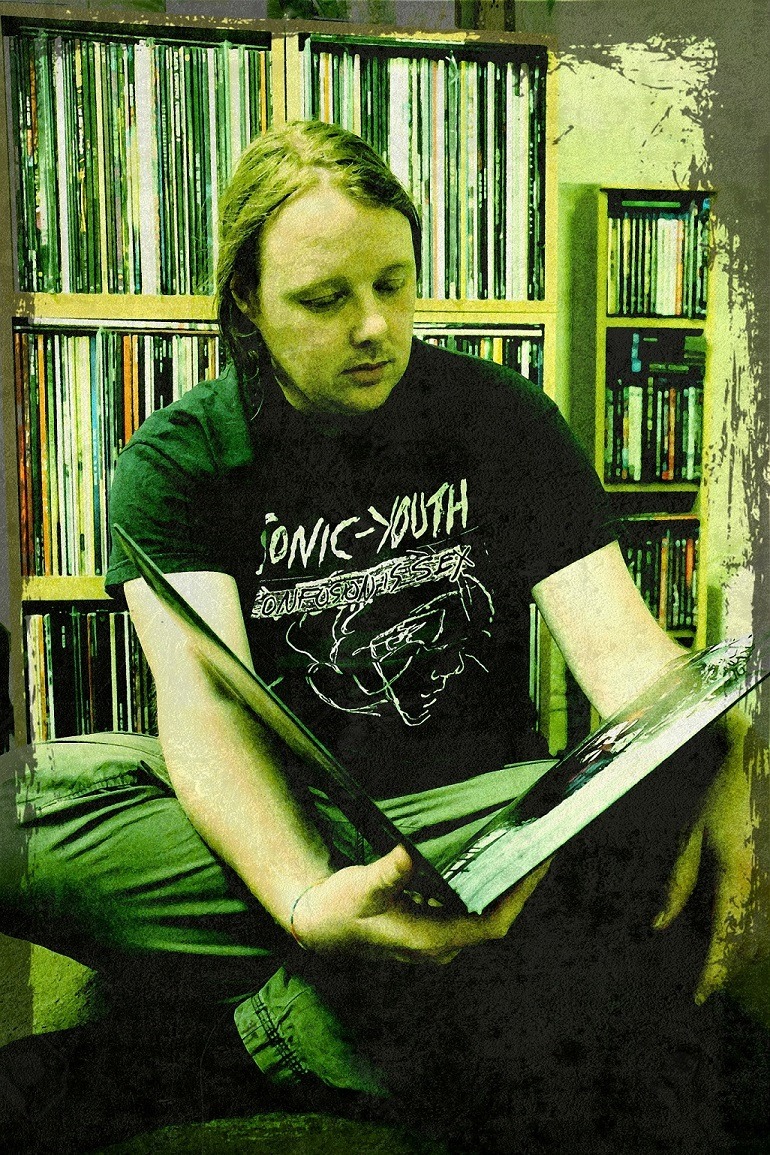

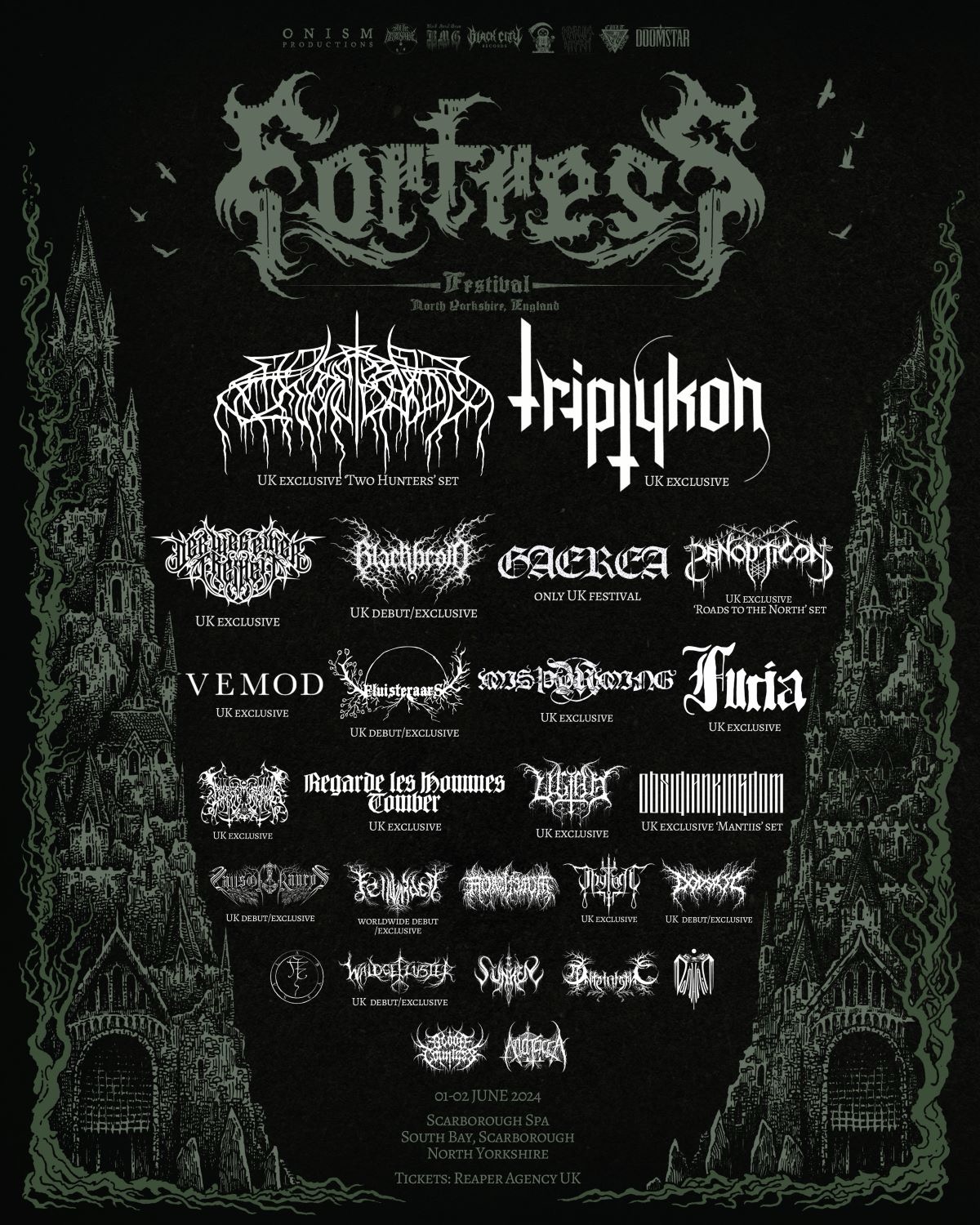
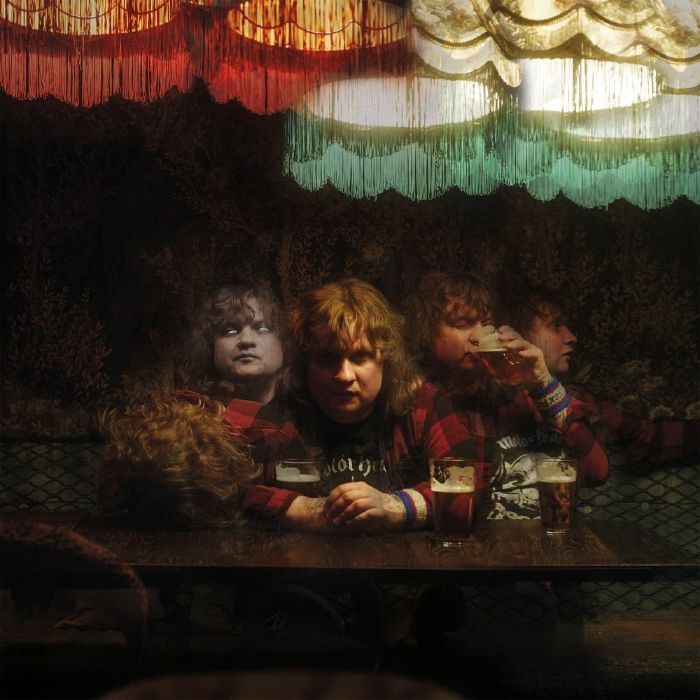
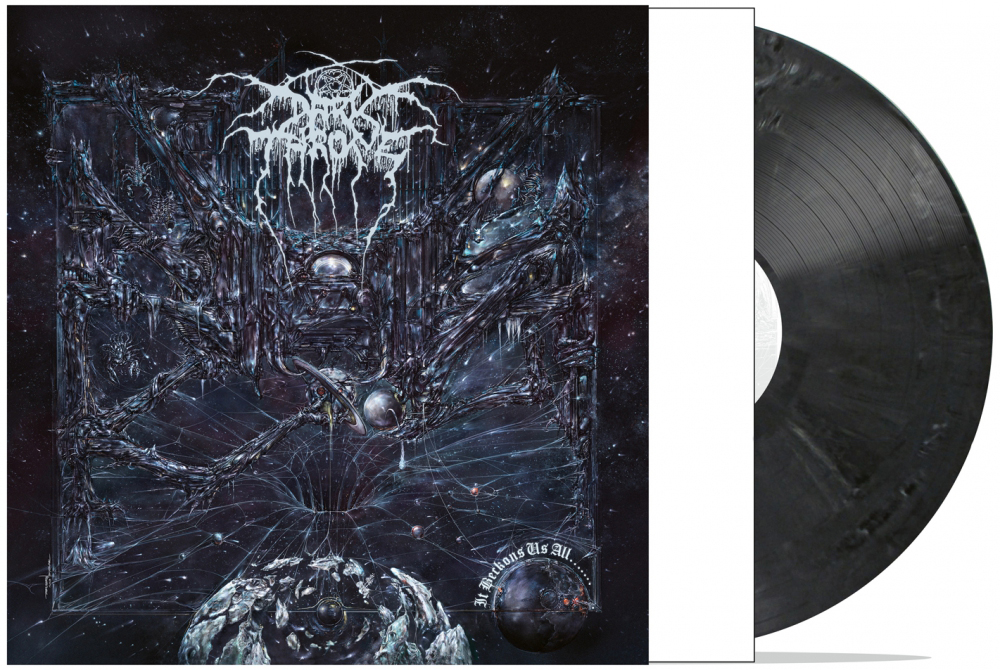
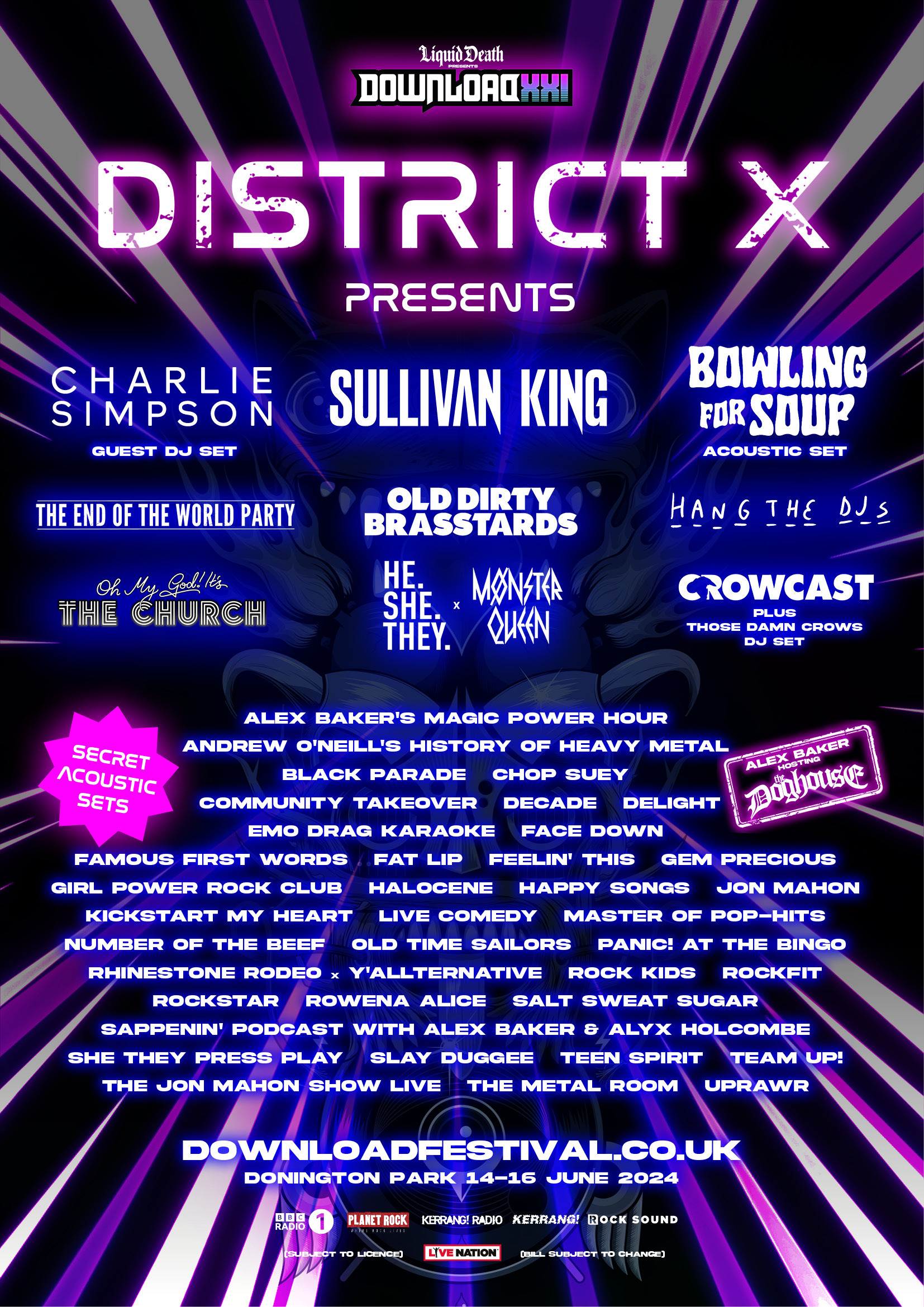

Leave a Reply